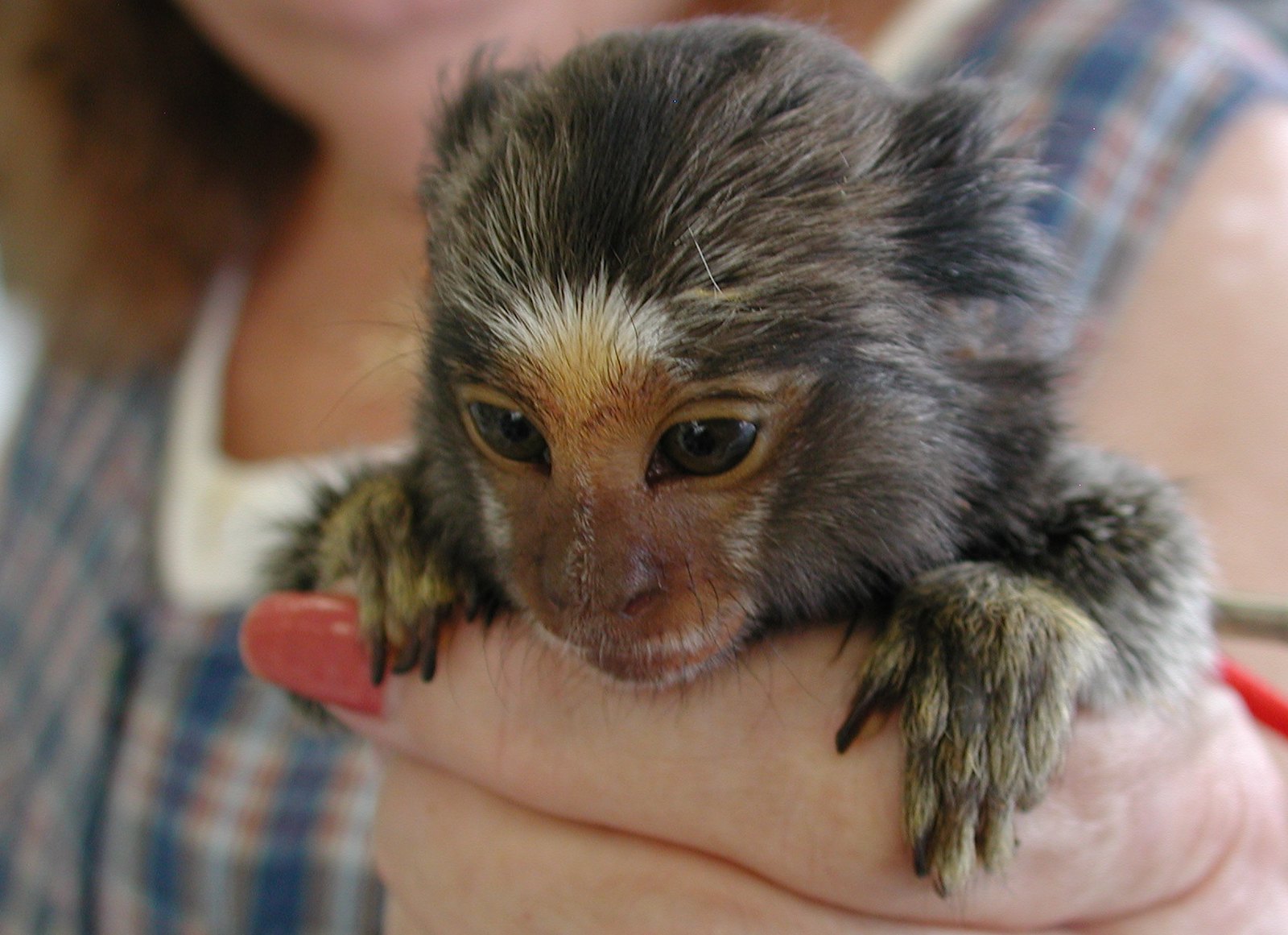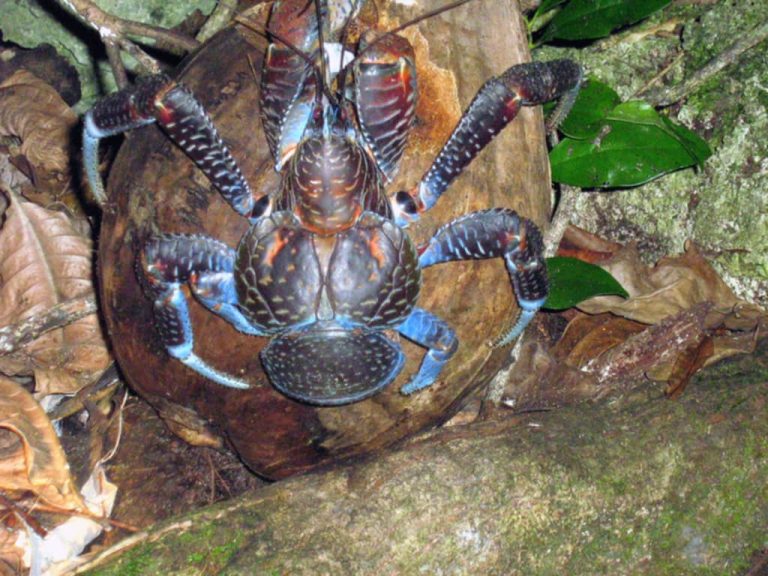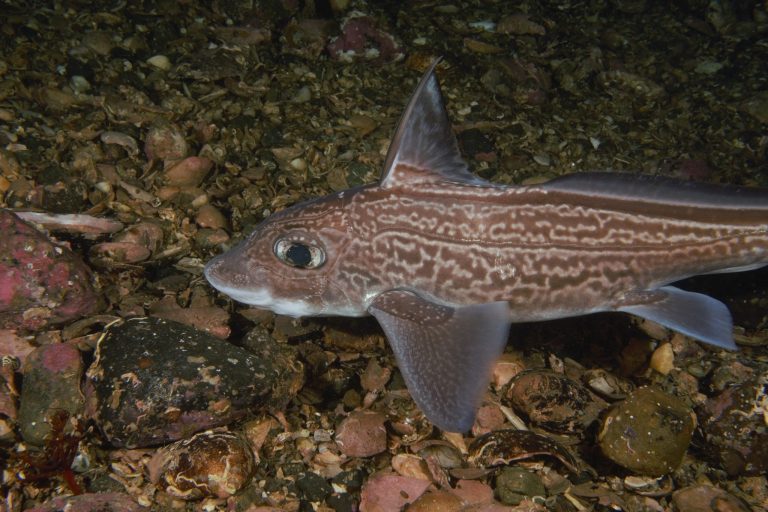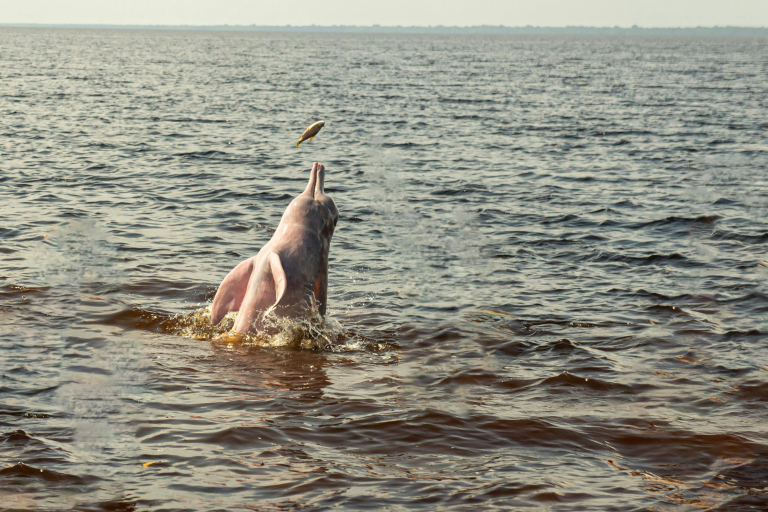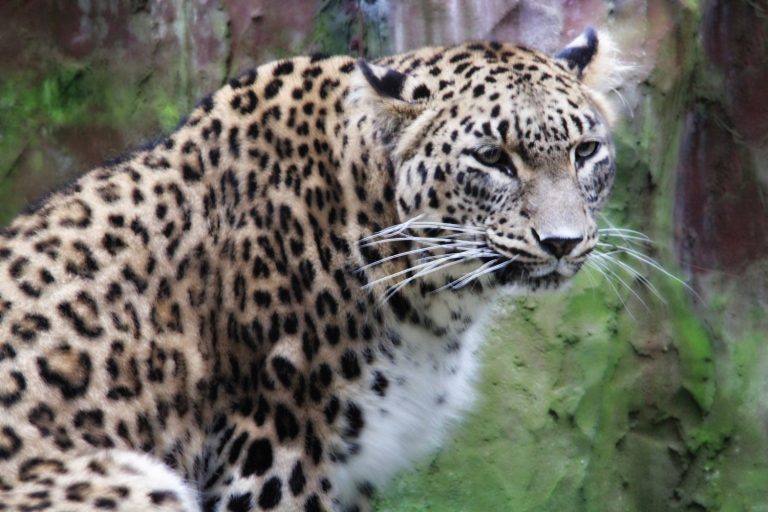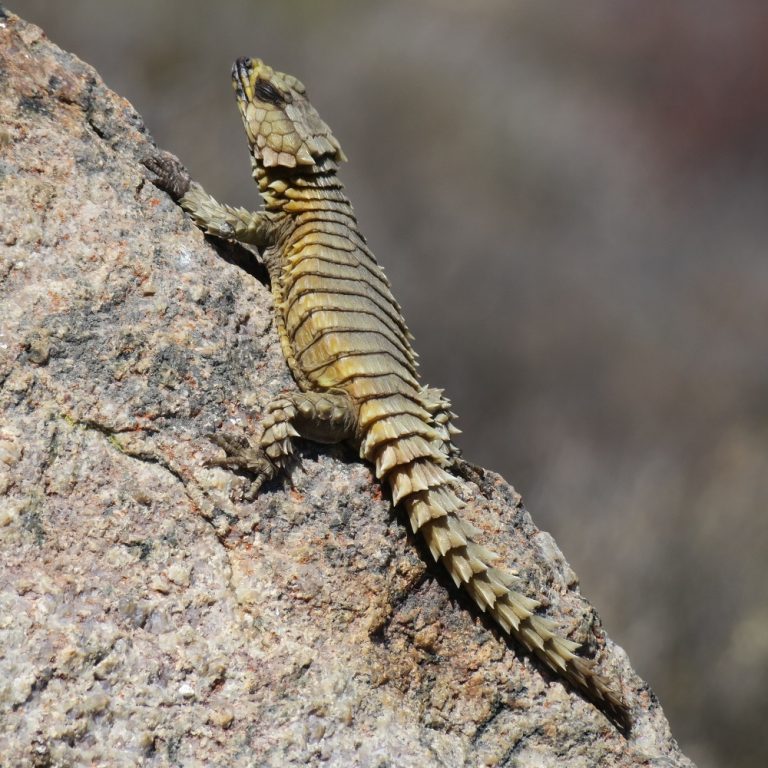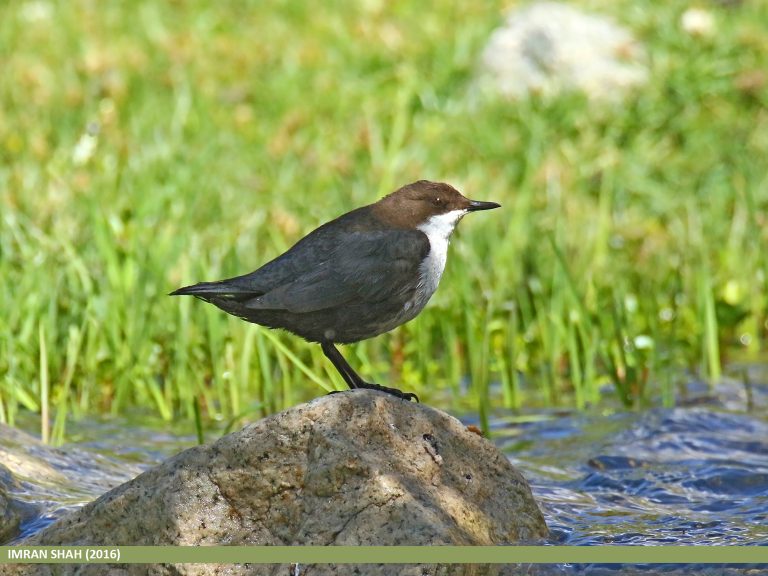Pygmy Marmoset: The World’s Smallest Monkey
What’s the smallest monkey species that you have seen or know?
In this post, I’m going to introduce the Pygmy Marmoset, the smallest monkey in the world. You will get to know its native range and habitat, physical characteristics, diet, behavior, and conservation status, as well as the pros and cons of keeping it as a pet.
What is the Pygmy Marmoset?
The Pygmy Marmoset is not a single species. Two species of New World monkeys of the genus Cebuella, Cebuella pygmaea and Cebuella niveiventris, are called Pygmy Marmoset, or Finger Monkey.
Found in the rainforests of the Western part of the Amazon River basin in South America, these two monkey species are the smallest ever recorded.
Why Is It Called The Finger Monkey?
They are so tiny that a baby Pygmy Marmoset can cling to a human finger. That’s why the Pygmy Marmoset is also called Finger Monkey, especially in the pet trade.
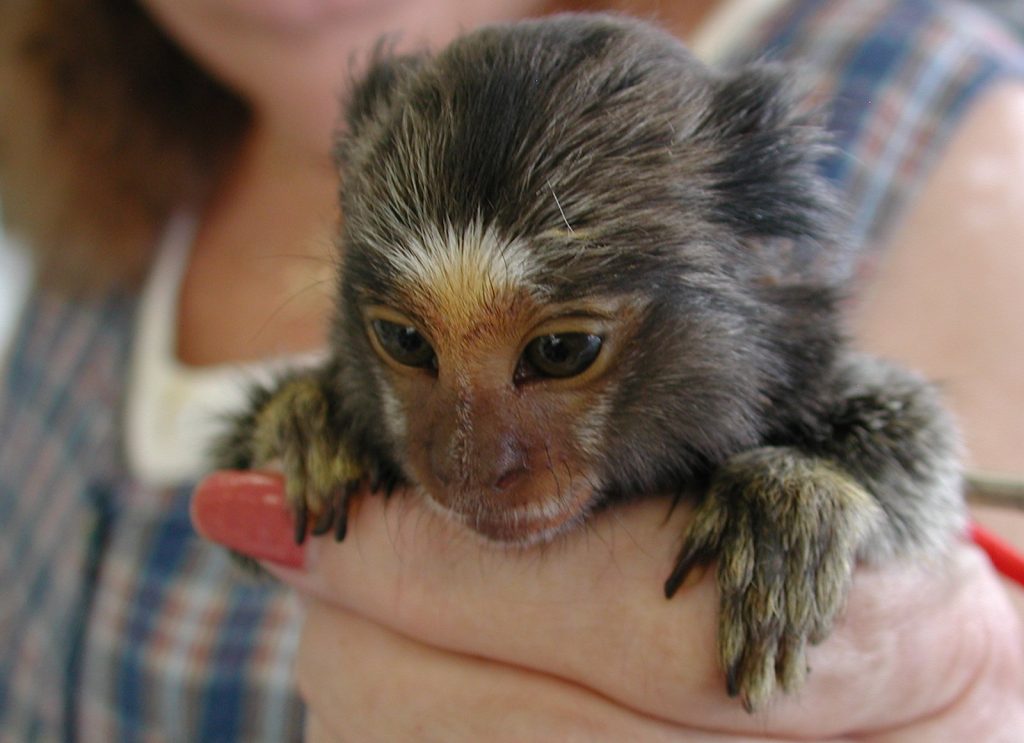
Characteristics of the World’s Smallest Monkey
Let’s explore the physical characteristics of this tiny primate.
Pygmy Marmoset Size
The Pygmy Marmoset is about 11.7cm to 15.2 cm (4.6-6 inches) long from the head to the end of the body, while its tail measures from 17-23 cm(6.7-9 inches) in length, on average.
Its average weight is 85-140 grams(3-5 ounces), and the females are slightly heavier than males.
Even though Pygmy Marmosets are the smallest true monkeys, they are not the smallest primates in the world. That record is held by Madame Berthe’s mouse lemur (Microcebus berthae), found in western Madagascar, measuring about 9.3 cm(3.6 inches) lengthwise and weighing about 30 grams(1.1 ounces) on average.
But, no other true monkey comes even close to the small size of the Pygmy Marmoset.
Physical Features
The Pygmy Marmoset’s fur coat is brownish-gold, gray, and black in color on its head and back, often with yellow, green, and black ticking, and it’s yellow, orange, and tawny on the underparts.
Newborn Pygmy Marmosets have grey fur on their heads and yellow fur with black spots on the other areas of their body. They gain adult coloration within the first month of their life.
They have elongated and sharp incisor teeth that come in handy with their special diet. I will tell you about their diet later on in this post.
Their nails are claw-like. They have these claw-like nails, or tegulae, on all the fingers and toes, except the big toes. They have flat nails, or ungulae, on their big toes. The tegulae help them navigate their rainforest habitats easily.
Diet
Pygmy Marmosets are mostly gummivores. It means that they consume sap, gum, and latex from the trees. Their sharp and elongated incisors help them puncture the bark of some trees and make the sap flow out. Then they lick that sap clean with their tongue.
To supplement this staple of tree sap, Pygmy Marmosets also eat insects and small vertebrates like lizards and birds and also consume fruits and nectar from flowers.
They forage for these foods among the trees during early morning and afternoon.
Social Structure
Pygmy Marmosets are social animals. They typically live in troops of 3-15 members.
A troop of Pygmy Marmosets consists of a dominant breeding female, her mate, her babies(usually twins), and her older offspring.
The other members of the troop help look after the babies. This cooperative breeding behavior improves their chance of survival in the wild.
Behavior
Pygmy Marmosets are diurnal animals. It means they stay active during the daytime.
They spend their daytime foraging for food, grooming one another, and communicating with a variety of vocalizations.
Habitat of The Pygmy Marmoset
You already know that Pygmy Marmosets are found in the rainforests of the western part of the Amazon River basin. Let’s look into the specifics of their habitat now.
Natural Habitat
The specific habitats the Pygmy Marmosets prefer are lowland, tropical, and evergreen forests of their natural geographical range. They thrive in the forests of the Amazon River’s floodplains, which stay flooded for more than three months a year.
These forests have dense vegetation, including trees, vines, and shrubs. This kind of dense vegetation provides the Pygmy Marmoset with protective cover and plenty of foraging opportunities.
Pygmy Marmoset population density can be as high as 233 individuals per square kilometer in these river edge forests.
Adaptations to Habitat
These tiny monkeys have both physical and behavioral adaptations to survive in their dense rainforest habitats.
One such major behavioral adaptation is that they avoid the forest canopy and occupy the understory and the lower vertical strata of the forest, between the ground level and about 20 meters(65.6 feet) high. This allows them to easily move through the vegetation, avoiding predators and accessing their preferred food such as sap and insects.
Their claw-like nails are a physical adaptation that allows them to grab and hold onto branches and vines, making it easier to move through the dense forest. Also, they can rotate their heads 180 degrees. This gives them nearly a 360-degree field of view so they can easily see over a large area while staying in the same spot and avoid predators and find food effectively.
Pygmy Marmosets as Pets
Because of their small size and cute appearance, there’s demand for Pygmy Marmosets in the pet trade.
But is it a good idea to keep a Pygmy Marmoset as a pet?
Let’s find out:
Are Pygmy Marmosets Suitable as Pets?
On the plus side, Pygmy Marmosets, being social animals by nature, can establish strong bonds with their humans, provided that they are properly cared for. Also, being quite intelligent, they can display very sophisticated behaviors that are interesting to observe. Their small size and cute looks further improve their pet appeal.
But the cons of having them as pets are far greater.
It can be challenging to keep up with the specific dietary needs of Pygmy Marmosets, especially juveniles.
Most Pygmy Marmosets sold as pets are captured from the wild, or bred under less-optimum conditions. Capturing from the wild can affect their wild populations and cause distress to the captured animals as well as their troops.
Improper breeding conditions can cause distress and health problems for these animals too.
Keeping a single animal as a pet when it’s a social animal by nature that lives in troops in the wild can be quite distressing for that animal too.
They can also be aggressive pets too, tending to bite and scratch, especially males.
Providing an optimum habitat for a pet Pygmy Marmoset is no easy task either. It takes a lot of time, space, and effort and can also be expensive.
Pet pygmy Marmosets are very expensive. A single Pygmy Marmoset can be as expensive as 4000 USD.
Also, it’s illegal in many states and countries to own a Pygmy Marmoset.
Another problem with keeping them as pets is that regular veterinarians may not be able to provide them with their specific healthcare requirements.
So, all things considered, it’s generally not a good idea to have a pet Pygmy Marmoset.
Conservation Status of The Pygmy Marmoset
Now let’s find out how the smallest monkey in the world is faring in the wild.
Threats to Survival
Both Pygmy Marmoset species have been listed as Vulnerable by the IUCN Red List.
Habitat loss and the pet trade are the major threats to their survival.
Human interaction, especially in areas with intense tourism activity, causes behavioral change among these monkeys. They tend to be less vocal and less playful in the presence of humans. As vocalizations and social play are important parts of their social dynamics, this poses a threat to their survival.
They also tend to move on to higher layers of the forest in these areas where they encounter people.
Also, capturing Pygmy Marmosets for the pet trade is relatively higher in these areas with heavy tourism.
Conservation Efforts
Let’s look at the conservation efforts that have been put together to protect Pygmy Marmosets.
EAZA Ex-situ Programme (EEP) works on maintaining captive-bred Pygmy Marmoset populations as a safeguard against extinction.
Places like Colchester Zoo and Tropical World in the UK house groups of Pygmy Marmosets for conservational and educational purposes.
Organizations like Stand For Trees work on protecting the Amazon rainforest, where Pygmy Marmoset habitats are.
Some programs rescue Pygmy Marmosets from the illegal pet trade and rehabilitate them, like La Isla de los Monos in Peru.
In Ecuador, there are programs, such as Bosques and Monos y Gente, to educate children about the Pygmy Marmosets. Peru has such programs aimed at reducing hunting and habitat destruction too.
Also, International trade regulations have been established to minimize the trafficking of these animals.
As an individual, you can help with the conservation of Pygmy Marmosets in many ways. You can donate to organizations like Stand For Trees, volunteer at rescue centers like La Isla de los Monos, avoid the exotic pet trade and advocate against it, and share knowledge of the Pygmy Marmoset.
Conclusion
Pygmy Marmoset, collectively referred to the two new world monkey species of comparable size, Cebuella pygmaea and Cebuella niveiventris, is the smallest monkey in the world.
It’s found in the rainforests of the Western Amazon river basin.
It’s mainly a gummnivore but also eats fruits, nectar, insects and small invertebrates.
They are social animals that live in small troops and display cooperative breeding behavior.
Even if there’s demand for them as exotic pets; it’s generally not advisable to keep them as pets due to ethical and legal concerns and the difficulty in catering to their specific needs.
Their survival is threatened by habitat loss, pet trade, and exposure to humans through tourism.
Ex-situ conservation, habitat protection, rescue and rehabilitation, and education programs, as well as international trade regulations, have been established to protect them.

